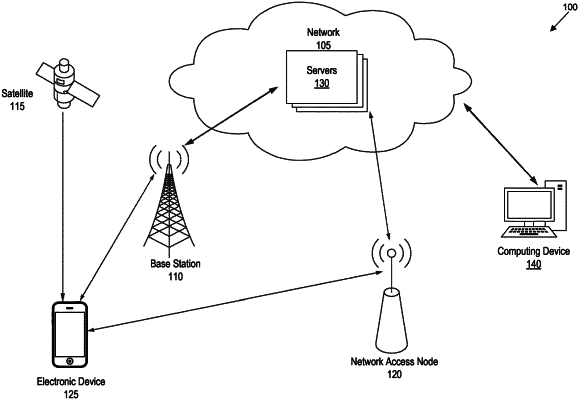| CPC H04M 3/493 (2013.01) [G06N 20/00 (2019.01); H04M 3/436 (2013.01); H04M 2203/6027 (2013.01)] | 20 Claims |

|
1. A computer-implemented method to detect a scam call using a conversational agent, the method comprising:
training a first model to detect scam-call indicia in call audio,
wherein the first model is trained using a training dataset that includes data associated with known scam calls;
training a second model to simulate speech of a user;
generating a conversational agent from the first model and the second model,
wherein the conversational agent is configured to, in a given phone call to a mobile device associated with the user, simulate speech of the user and detect the scam-call indicia in one or more responses to the simulated speech during the given phone call; and
in response to receiving a particular phone call, using the conversational agent to process the particular phone call.
|